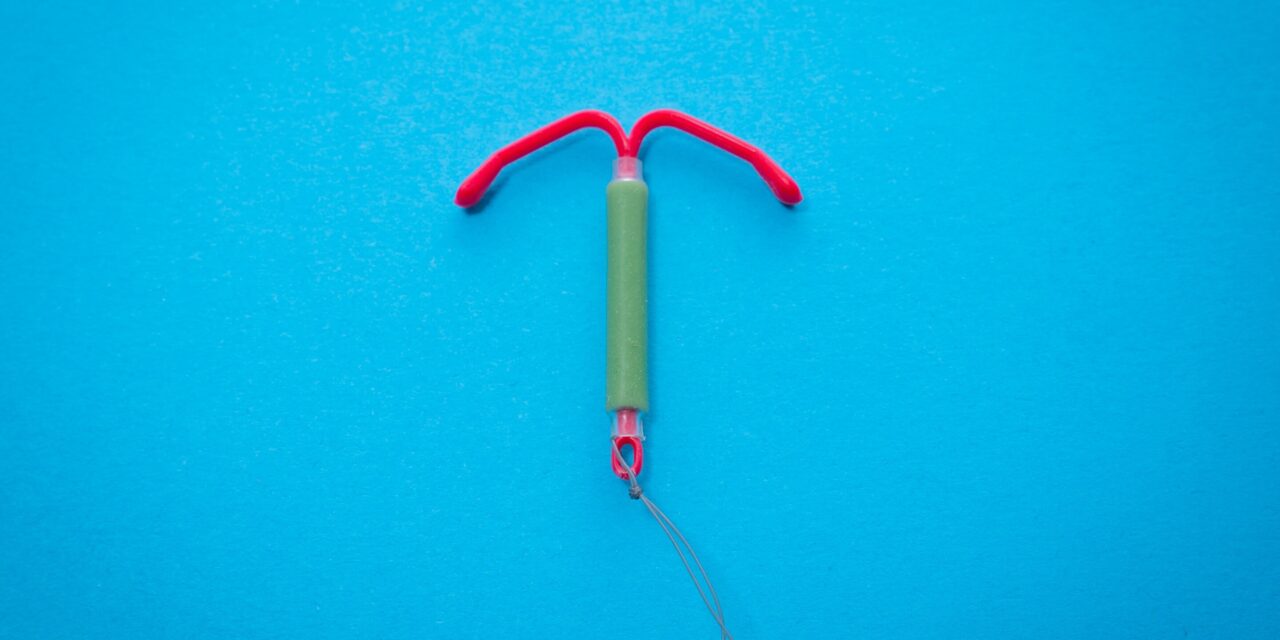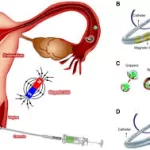In the quest to develop safer and more effective contraceptives, researchers at Western University are pioneering a new kind of intrauterine device (IUD) that could significantly alter the landscape of non-hormonal contraception. The innovative project, led by chemistry professor Samantha Gateman, seeks to introduce iron IUDs as a gentler alternative to the currently available copper versions, which are known for their side effects.
Gateman, a chemist specializing in corrosion, was inspired to embark on this project due to personal experiences and the lack of non-hormonal contraceptive options without significant drawbacks. “I had tried various hormonal contraceptives and had really bad experiences,” she shared. “The only non-hormonal option available was the copper IUD, which previous research has shown has a whole sleeve of negative side effects.”
Current IUD Options and Their Limitations
IUDs are small, T-shaped devices inserted into the uterus to prevent pregnancy. There are two main types: hormonal and non-hormonal. Hormonal IUDs release hormones that thicken cervical mucus and sometimes stop ovulation, but they can cause side effects such as breast tenderness, headaches, and mood swings. Non-hormonal copper IUDs work by releasing copper ions that impede sperm, but they often lead to physical side effects like pelvic pain and stomach cramps.
Gateman’s background in corrosion chemistry made her question the choice of copper for non-hormonal IUDs. “The same copper ions responsible for the contraceptive mechanism also cause inflammation,” she noted, prompting her to explore alternative metals that might provide the same benefits without the adverse effects.
Innovative Approach and Interdisciplinary Collaboration
The project brings together a diverse team of chemists, medical experts, and social scientists to develop an iron IUD. This alternative aims to reduce the inflammatory response caused by copper while maintaining effective contraception. The team is also exploring the use of zinc and specially developed polymer coatings to enhance the device’s performance and comfort.
Supported by the Western Interdisciplinary Development Initiative (IDI), the researchers have received funding to advance their work. Their recent perspective paper in the journal npj Women’s Health outlines the motivation, current IUD materials literature, and the experimental considerations and societal barriers to bringing a new IUD to market.
Focus on Accessibility and Acceptance
Ensuring the new IUD is accessible and acceptable across diverse communities is a key priority. Sociology professor Kate Choi, director of the Center for Research on Social Inequality, emphasizes the importance of equitable access. “We want to ensure that once developed, the new IUD is a safe and affordable contraceptive option for all individuals, including those from marginalized communities,” she said.
Choi’s research informs the project’s aim to provide an effective, affordable, and culturally sensitive contraceptive option. The team plans to conduct surveys to understand contraception access and preferences among different sociodemographic groups, ensuring the new IUD meets their needs.
Next Steps and Future Prospects
The project is advancing towards crucial milestones, including finalizing the polymer coating process, conducting extensive testing, and eventually moving to human clinical trials. Dean Betts, a professor at the Schulich School of Medicine & Dentistry, plays a critical role in studying the effects of corrosive metals and polymers on embryo development.
“This project started as a passion and has the potential to make a significant difference,” Gateman stated, highlighting the collaborative effort involving researchers like Joe Bryan Gilroy, Kirsten Oinonen, Lori Chambers, and Basim Abu Rafea.
With ongoing legislative changes affecting reproductive rights and the increasing economic pressures on families, the need for reliable, long-term, and low-maintenance contraception is more urgent than ever. The development of an iron IUD could mark a significant breakthrough, providing a safer and more comfortable option for individuals seeking non-hormonal birth control.
For more information on this groundbreaking research, refer to the recent publication: Jacob John Maclean Bunting et al, “Revolutionizing Women’s Health: The Quest for Materials for Next-Generation, Non-Hormonal Intrauterine Devices,” npj Women’s Health (2024). DOI: 10.1038/s44294-024-00026-y.











